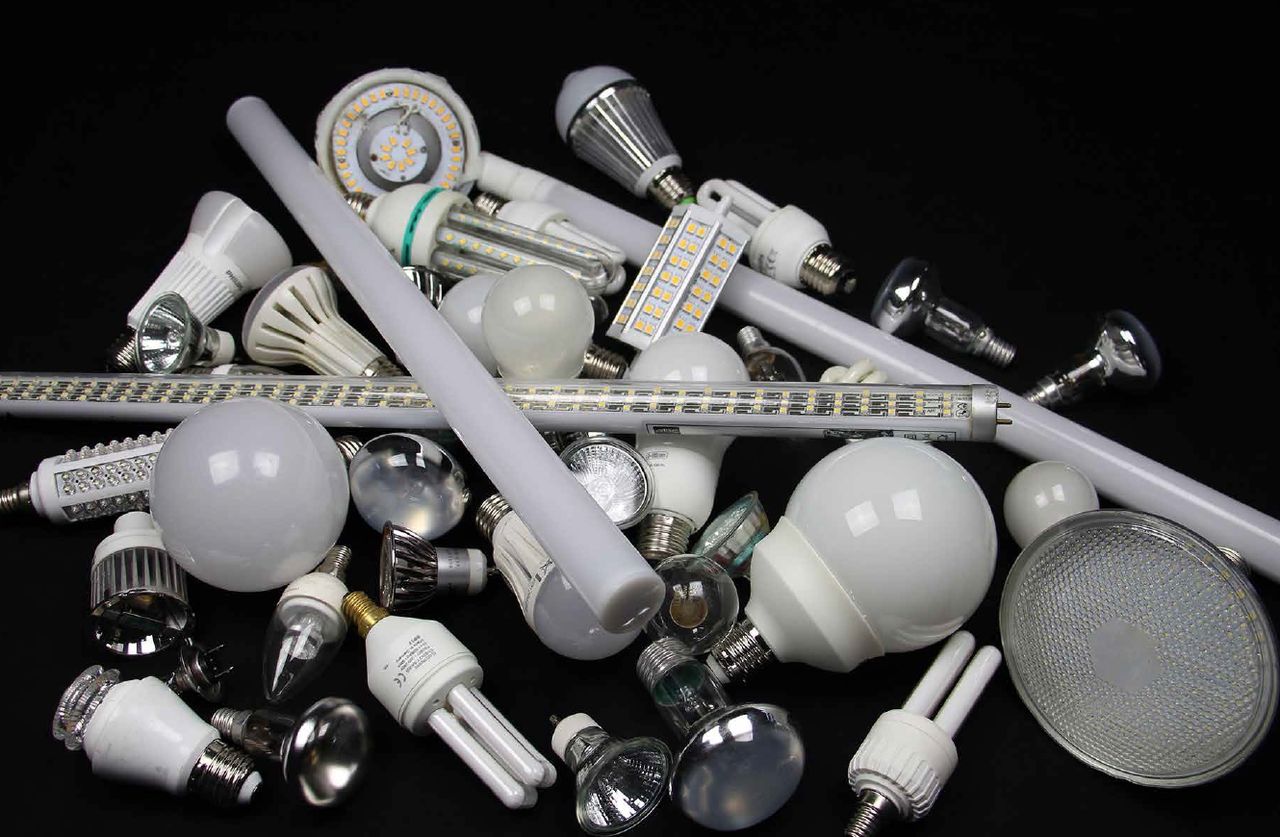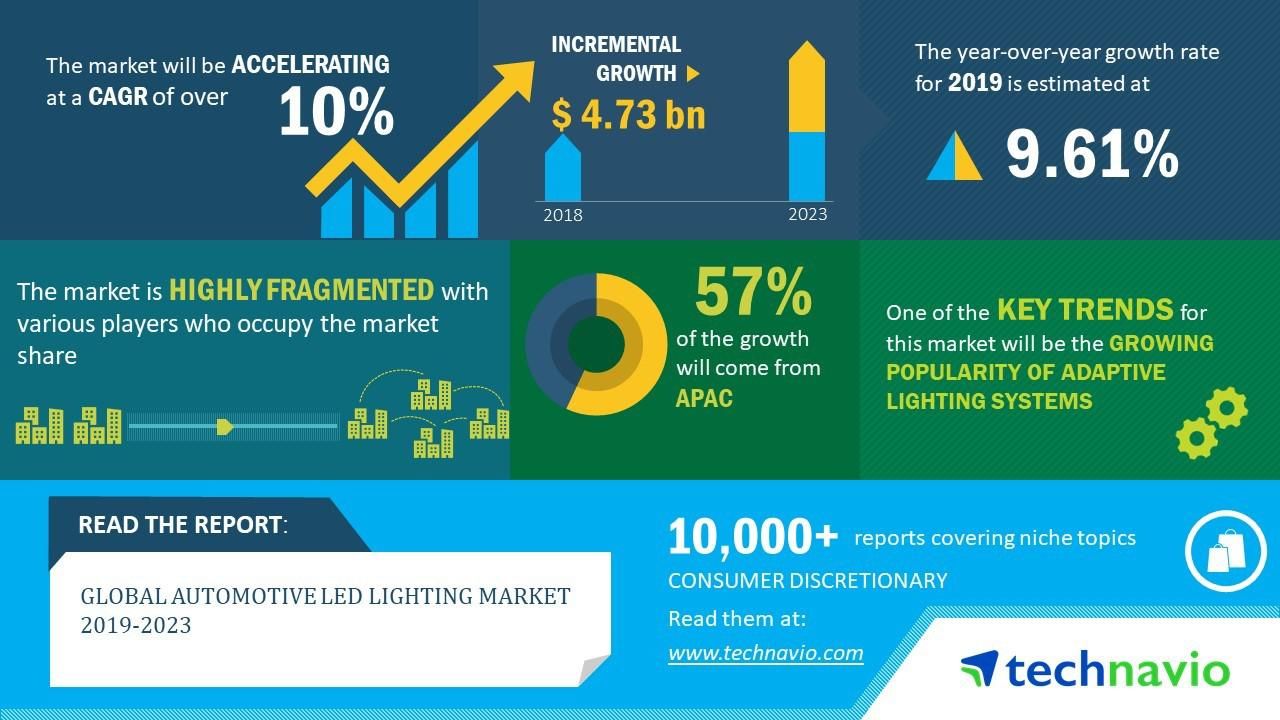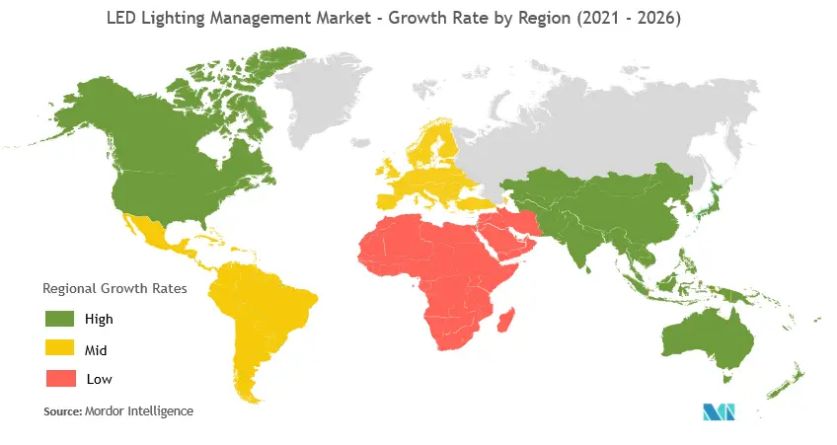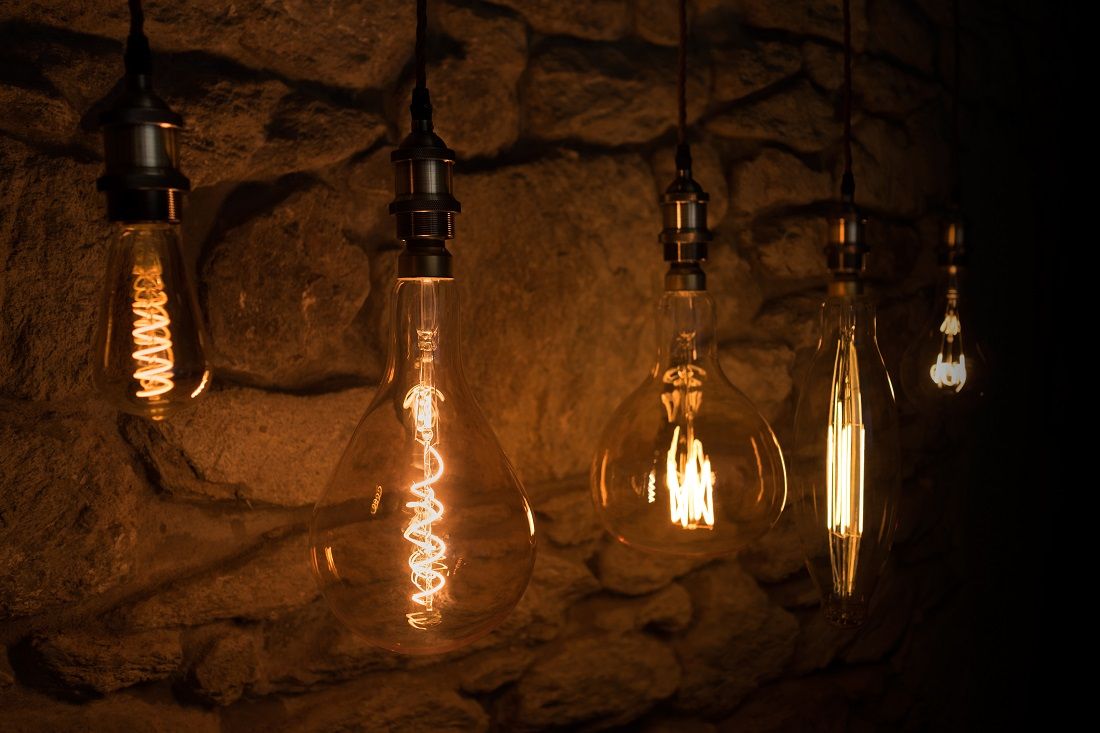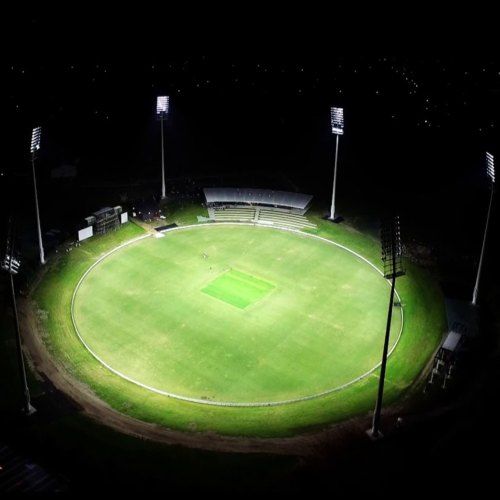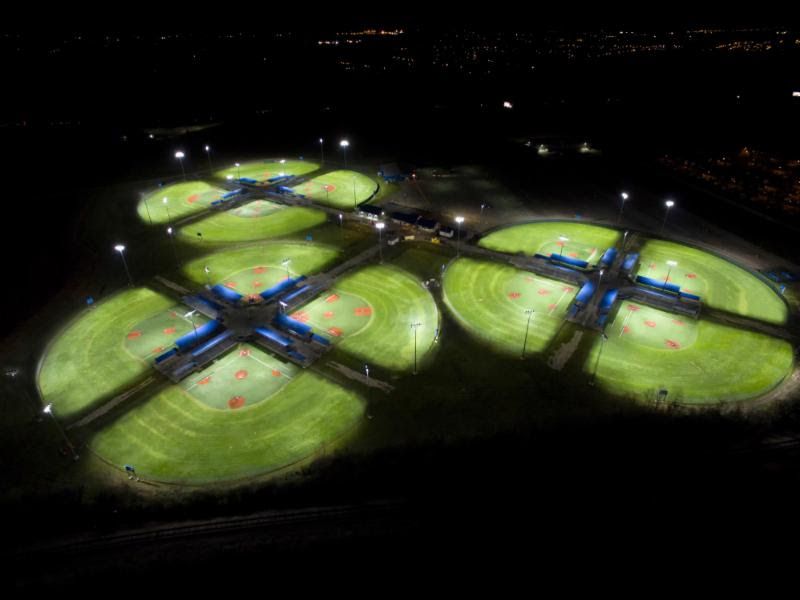Abstract: At present, the world has initially formed an industrial structure centered on North America, Europe, and Asia, each of which has strong advantages in different fields. The developed economies represented by the United States, Japan, and Germany with the manufacturing capacity of the entire LED lighting industry chain have an advantage in the high-end market, with advanced equipment levels and a relatively complete industrial chain system, but they are trapped in labor, logistics, and supply chains. cost more…
Industry development trend
At present, the world has initially formed an industrial structure centered on the three major regions of North America, Europe and Asia, each of which has strong advantages in different fields. The developed economies represented by the United States, Japan, and Germany with the manufacturing capacity of the entire LED lighting industry chain have an advantage in the high-end market, with advanced equipment levels and a relatively complete industrial chain system, but they are trapped in labor, logistics, and supply chains. Higher cost constraints have not formed scale effects. Among emerging markets in Asia, countries such as India, Vietnam, etc., which developed the LED lighting industry later, have certain product manufacturing capabilities, but their industrial chain support is not complete, and they also face complex political and economic situations and low social efficiency. and other issues, it is difficult to form competitiveness in the short term.
As the world factory of the global LED lighting industry, China is the world’s largest producer and exporter of LED lighting products. It has the production and manufacturing capabilities of the entire industry chain of the LED lighting industry, and has strong competitiveness in the production, research and development and sales of LED lighting products.
In addition, in recent years, the production capacity of the LED lighting industry has expanded rapidly, resulting in low industry concentration and fierce market competition. International first-line brands such as Signify and Osram, as well as domestic first-line brands such as Oppo Lighting, occupy most of the market share of mid-to-high-end products by virtue of their strong brand, channel, management and technology research and development advantages. Some emerging LED lighting companies with their own technical characteristics and product development capabilities have also seized the opportunities for industry development to grow rapidly, successfully entering the mid-to-high-end segmented product market and occupying a certain market share. Many small and medium-sized LED lighting manufacturers, due to the limitations of their product technology, quality, brand and channels, mainly compete in price in the low-end market.
Industry characteristics
Periodic
With the gradual maturity of LED lighting technology, and the attention and policy guidance of energy conservation and environmental protection issues around the world, the LED lighting industry has ushered in huge development opportunities, so the periodic characteristics are not obvious.
Regional
At present, the global LED lighting industry has initially formed an industrial distribution and competition pattern centered on the three major regions of Asia, Europe and North America. China is an important production base and export base of LED lighting products in the world, and Asia, Europe and North America are the most important product consumer markets in the world.
Seasonal
The application fields of LED lighting products are relatively wide, and there are long-term and stable application needs in various fields such as daily life, commerce, production, engineering, transportation, etc., so the overall market seasonal characteristics are not obvious. However, the LED commercial lighting products in the market segment are mainly for commercial customers. Due to the influence of traditional consumption habits, the holiday season is often the peak sales season. During the “Christmas” period in foreign countries, brand owners will increase the promotion and sales of commercial lighting products. Therefore, the second half of the year is the peak sales season for the commercial lighting industry. In the first half of the year after the New Year’s holiday, sales are relatively flat. Therefore, there are certain seasonal characteristics in the commercial lighting industry.
Trends and reasons for changes in industry profit levels
The downstream market of LED lighting industry has a wide range of applications and strong market demand. LED light sources are facing fierce market competition, and the profit margin of products is low. General lighting is the largest application market for LED lighting products, and the development of its sub-sectors is quite different. The home lighting field is gradually entering a mature period, and the market competition pattern is basically formed. been squeezed to some extent.
Market segments such as commercial lighting and industrial lighting are in a stage of rapid development. With the continuous enrichment of personalized and customized needs of commercial lighting customers, and the improvement of industrial lighting scenarios for safety, comfort, intelligence and other requirements, commercial lighting Market segments such as industrial lighting and industrial lighting will continue to develop rapidly, and differentiated and personalized products tend to have higher product added value and greater profit potential.
Analysis of opportunities and challenges faced by the industry
Opportunities faced
A. Countries around the world promote the popularization of LED lighting products and national policy support
In order to improve energy efficiency, protect the environment, and deal with global climate change, the governments of developed countries/regions such as the United States, the European Union, and Japan have successively issued policies to ban traditional incandescent lamps and support and promote the development of the LED lighting industry.
B. LED lighting technology continues to develop, prices continue to drop
The advancement of technology determines the rapid growth of the LED lighting industry. The replacement of energy-saving lamps by LED lighting products is the development trend of the lighting industry. The progress of LED lighting technology is mainly reflected in two aspects: First, the continuous improvement of light efficiency. According to relevant data, in 2018, the luminous efficacy of industrialized high-power white LEDs exceeded 180lm/W, the luminous efficacy of LED indoor lamps exceeded 100lm/W, and the luminous efficacy of outdoor lamps exceeded 130lm/W; second, the cost price continued to decline. Affected by the improvement of upstream chip technology, the increase in production capacity and the optimization of the lighting production process, the cost of main raw materials has gradually decreased, reducing the production cost of LED lighting. According to statistics, in terms of the price of an LED bulb equivalent to 60 watts, its price was about 45-50 US dollars per piece in January 2011, but by July 2018, the price had fallen to less than 10 US dollars The price of LED lighting products has gradually approached the price of traditional energy-saving lamps.
C. The application field of LED lighting products continues to expand
With the rapid development of LED lighting technology, the performance indicators of LED lighting products such as stability, service life, intelligence, CRI, luminous efficiency are becoming more and more mature, reaching the state of meeting market demand. LED lighting products have not only satisfied the general lighting However, according to different application scenarios, various application fields are derived, and the market scope is constantly expanding and extending. Before the 1990s, the LED lighting industry was in the early stage of development. The product color system was single and the price was high. The application market was mainly driven by the demand for signal lights and indicator lights. Since the mid-to-late 1990s, the LED lighting industry entered a rapid In the development stage, the development of blue and green light technology and the decline of product prices made LED lighting rapidly popularized in the commercial field and became the main driving force for the development of the LED lighting market at that time; with the continuous maturity of technology and the further reduction of prices, in recent years Lai LED lighting products have gradually penetrated into many fields such as home lighting and industrial lighting, forming a huge potential application market. In the future, with the development of landscape lighting, automotive lighting and other sub-sectors, the market demand for LED lighting will continue to grow rapidly.
D. China has a complete LED lighting industry chain, and the industry has entered a mature stage of development
my country’s LED lighting industry started in the late 1960s. After nearly 50 years of development, my country’s LED lighting industry has made remarkable achievements, including the production of LED epitaxial wafers, the preparation of LED chips, packaging and LED product applications. Including the complete industrial chain. At the same time, China attaches great importance to the research and development of LED lighting technology, and has successively launched green lighting projects and semiconductor lighting projects. Support the research and development and industrialization projects of LED lighting technology, thus have a good research and development foundation, and have certain advantages in downstream LED lighting integration applications.
E. China’s industry standards are constantly improving, and standardized development has become the direction
In recent years, under the guidance of government departments such as the National Development and Reform Commission, the National Standards Commission, the Ministry of Science and Technology, the Ministry of Industry and Information Technology, and the promotion of relevant industry organizations and institutions, my country’s LED lighting standards testing and certification have made phased progress. According to the statistics of the national standard information public service platform, as of May 31, 2021, my country has released 187 current national standards, 174 industry standards, and 247 local standards related to LED lighting, and actively carried out group standard pilot work and actively participated in the International organization ISO/TC274 standardization work.
In addition, the application scope of LED lighting products is more and more extensive, and its downstream application fields such as outdoor venues, stadiums, etc. have gradually established relevant management specifications. In addition, the Ministry of Railways, the Ministry of Communications, and the Ministry of Public Security have also established relevant standards for LED lighting application products. The establishment of the above industry standards and norms will help promote the orderly and standardized development of the LED lighting industry.
Challenges faced
A. The core technology is relatively weak
At present, a large part of my country’s LED lighting products are exported, and the markets of developed countries/regions in Europe and the United States are different from the domestic market. They have strict access thresholds and developed trust management mechanisms. LED lighting products set market access conditions. However, the core technologies of my country’s LED lighting companies in the fields of high-end materials, optical design, power management, and heat dissipation technology have been in a relatively weak state for a long time. LED lighting companies have no competitive advantage in technology. Significant barriers to developed markets.
B. The brand influence of domestic LED lighting companies is weak
From the perspective of the development of various regions around the world, the current global LED lighting industry has formed a three-pronged industrial distribution and competition pattern dominated by the United States, Asia, and Europe, and has shown that Japan, the United States, and Germany are the industry leaders. China Taiwan and South Korea followed closely, and China, Malaysia and other countries/regions actively followed up the echelon distribution. Internationally, international giants such as Signify and Osram occupy a large market share in the high-end product market. They have their own characteristics in products and markets, forming a complete industrial chain of LED lighting, and taking advantage of their advantages in new products and new technologies. Innovative advantages, mainly engaged in the production of high value-added products, mastering key core technologies such as high-end materials, optical design, power management, and heat dissipation technology. However, domestic LED lighting companies have weak brand promotion and value-added capabilities, or pursue sales scale and ignore brand building, and there are fewer brand companies with international competitiveness.
C.The phenomenon of homogeneous competition is serious
Product homogeneity has always been one of the problems that plagued my country’s LED lighting companies. Since the LED lighting market is in a stage of rapid growth, some small and medium-sized enterprises in the industry have invested less in product and technology research and development, mainly through the use of relatively low-cost products. The price preempts the market, which leads to a certain disorderly competition and product homogeneity in the LED lighting industry. These problems not only affect the profitability of LED lighting companies, but also are not conducive to the healthy and sustainable development of the LED lighting industry.
Post time: Apr-06-2022


